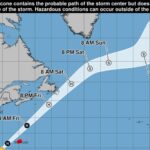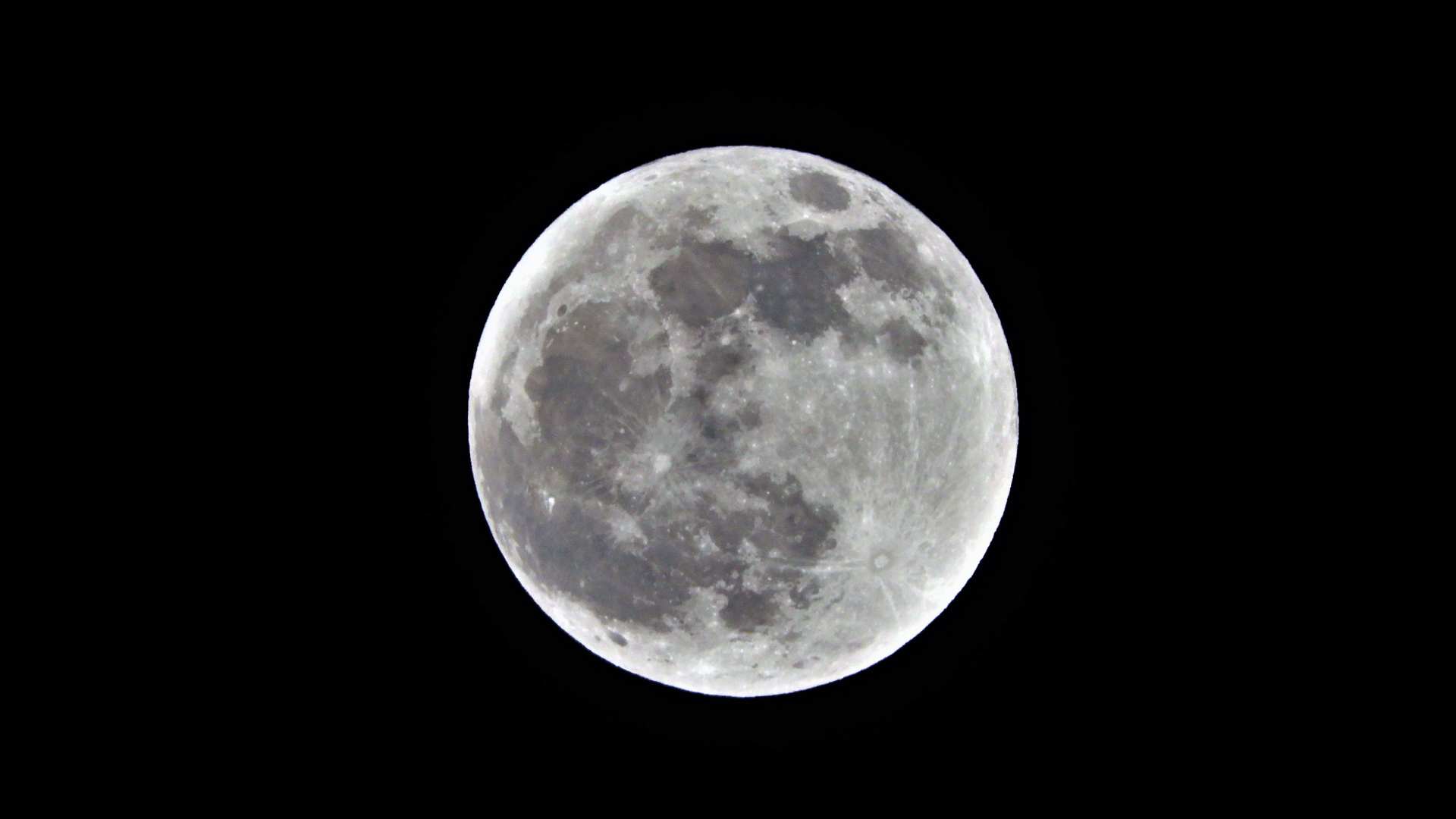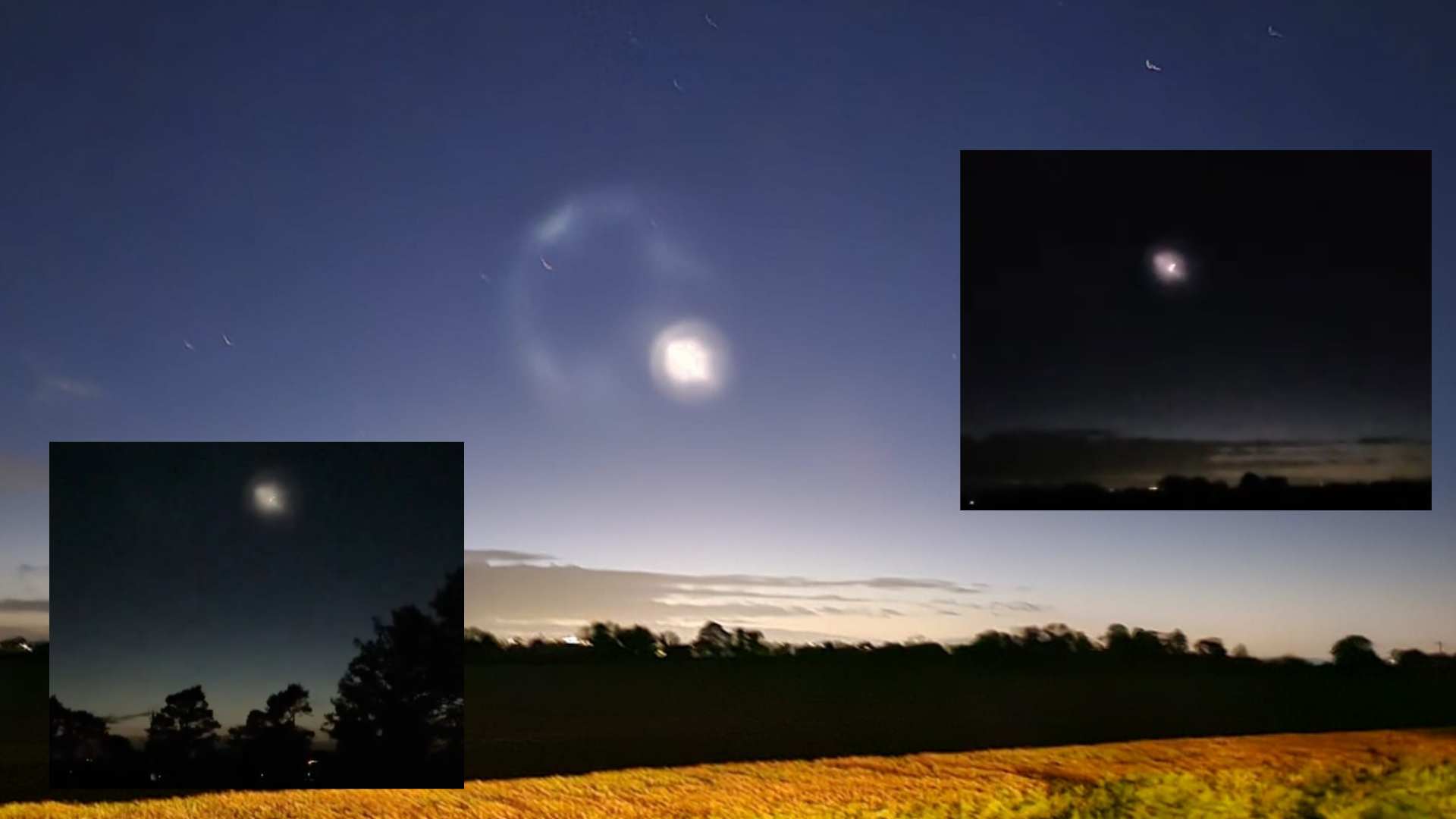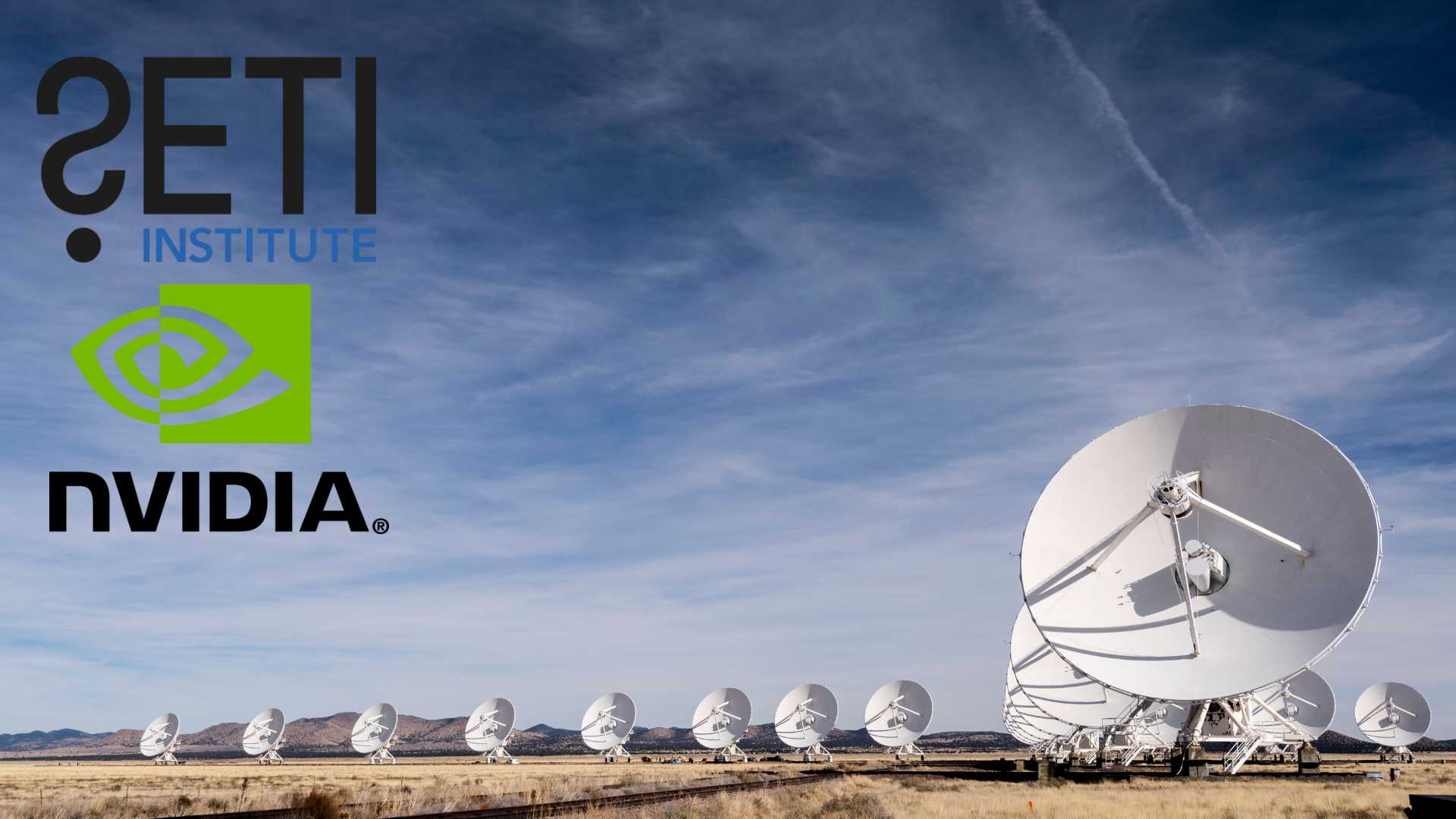
Star Stream Links Giant Galaxies

Using some of the most detailed observations ever, astronomers have captured a faint glow of stars being pulled from one galaxy and absorbed by another in galaxy cluster Abell 3667.
The light bridge stretches about a million light-years and offers the first direct proof that the two brightest galaxies in the cluster are merging.
The discovery also suggests Abell 3667 formed when two smaller clusters collided around a billion years ago.
“This is the first time such a huge feature has been spotted in a nearby cluster,” said Anthony Englert, lead author and Ph.D. candidate at Brown University. “We knew it could happen but never saw it until now. Capturing such faint light was a big surprise.”
The team used the Dark Energy Camera on the Blanco Telescope in Chile, stacking 28 hours of data collected over years. This revealed intracluster light—stars drifting between galaxies—that reveals the cluster’s violent history.
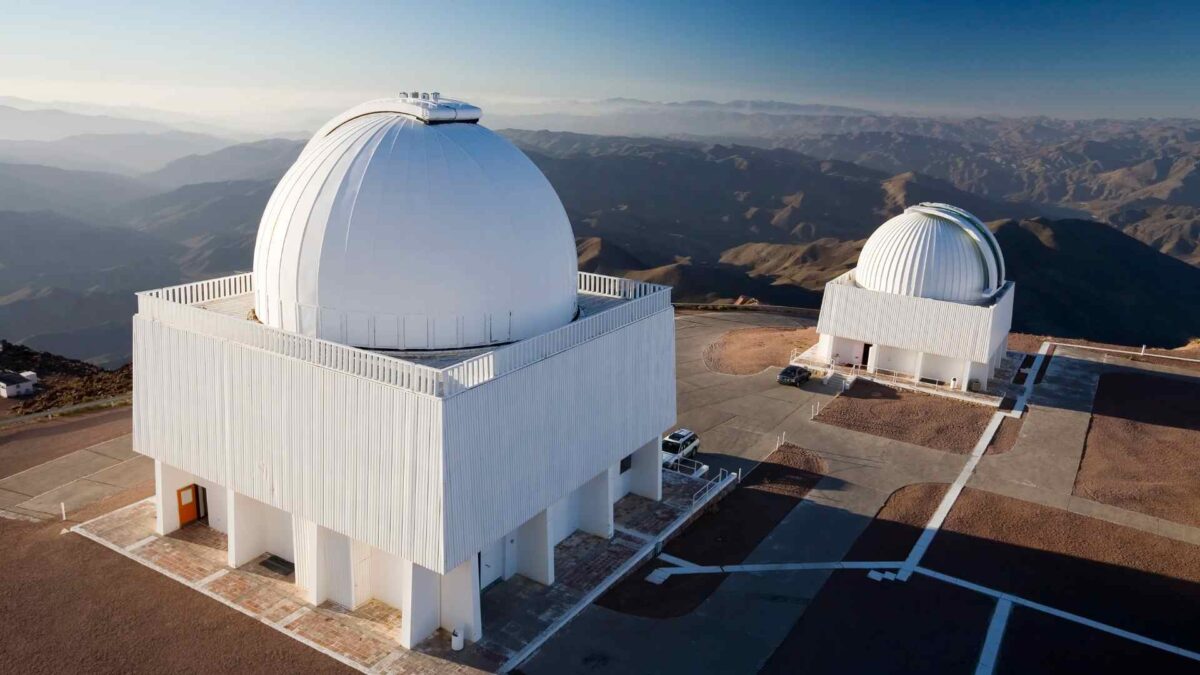
Unlike usual mergers where the biggest galaxy slowly pulls stars from smaller ones, Abell 3667 is a rapid clash between two clusters, each with its own brightest galaxy. The larger one is stealing stars from the smaller, a rare aggressive merger. Past X-ray and radio studies hinted at this but now there is optical proof.
The discovery offers a sneak peek at what the Vera C. Rubin Observatory will reveal. With a bigger telescope and the largest camera ever, Rubin will scan the entire southern sky for intracluster light in countless galaxy clusters, opening a new era in astronomy.
Intracluster light also traces dark matter—the mysterious stuff making up most of the universe. Its pattern matches dark matter’s spread, giving astronomers a way to see the invisible.
“This light mirrors dark matter’s layout,” said Ian Dell’Antonio, co-author. “It helps us study the unseen universe.”
The Blanco Telescope and Rubin Observatory are run by NOIRLab and funded by the NSF and partners. The research appears in The Astrophysical Journal.
Share this WeathÉire story:



